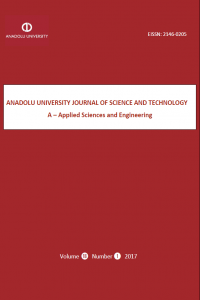Abstract
Fuel flow rate of an aircraft varies significantly during a typical flight, mainly due to required engine thrust, weather conditions, aircraft configuration and aircraft mass. Of these, the effect of aircraft mass, being the non-payload portion, on fuel flow is investigated in this study. The investigation is carried out for twin-engined wide-bodied aircraft, during its intercontinental flights. Based on actual flight data records, two approaches are developed, in which the fuel flow rate is estimated based on three independent variables; altitude, aircraft mass and flight speed. The regression models are found to be highly significant and average fuel consumption is found to be 2-3% of the non-payload mass per flight hour. It should be noted that this percentage is affected by flight altitude and aircraft initial mass, of which the latter has a greater effect. In addition, it is worth noting that when the aircraft initial mass increases, the fuel consumption percentage also tends to increase.
Details
| Subjects | Engineering |
|---|---|
| Journal Section | Articles |
| Authors | |
| Publication Date | March 31, 2017 |
| Published in Issue | Year 2017 Volume: 18 Issue: 1 |

